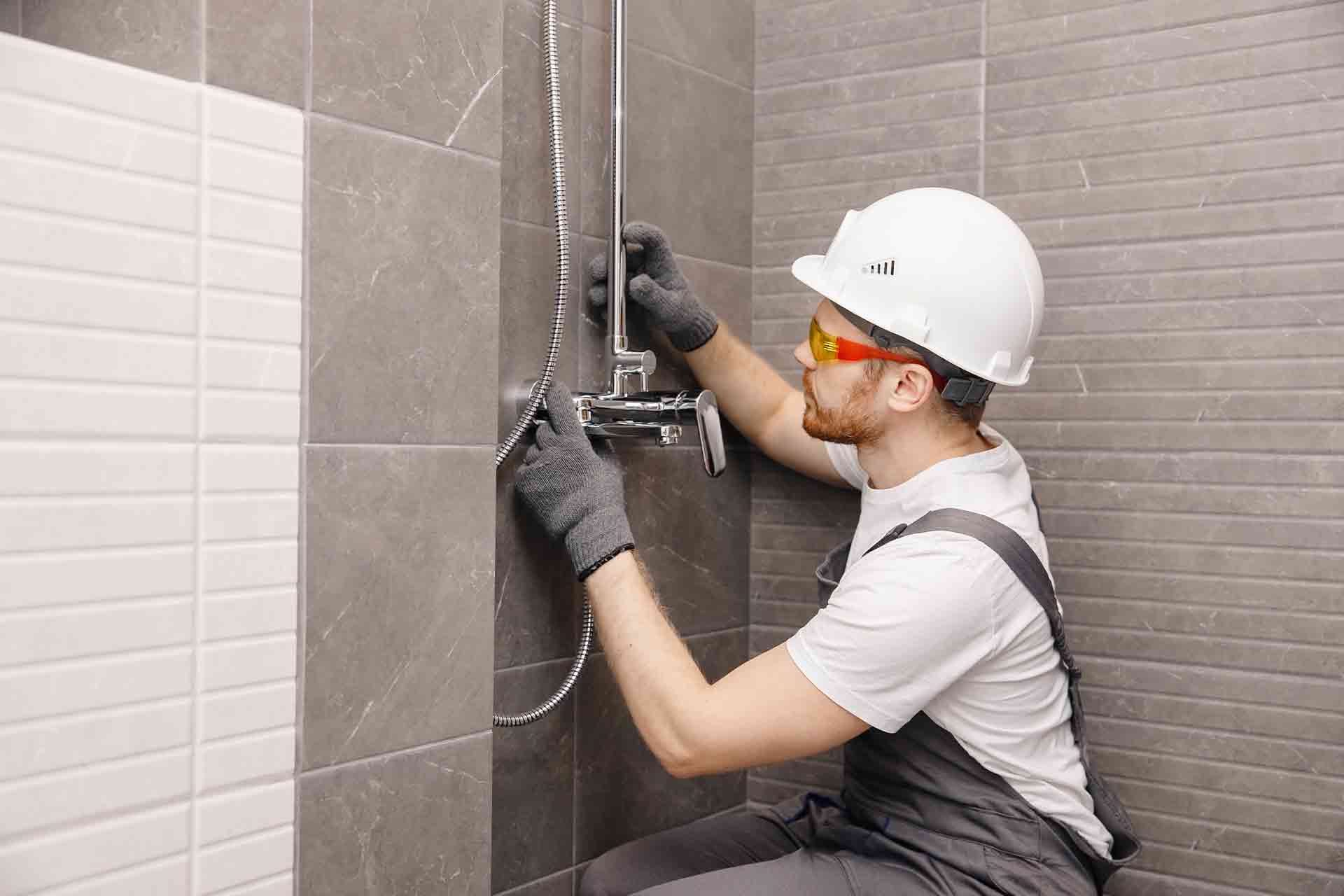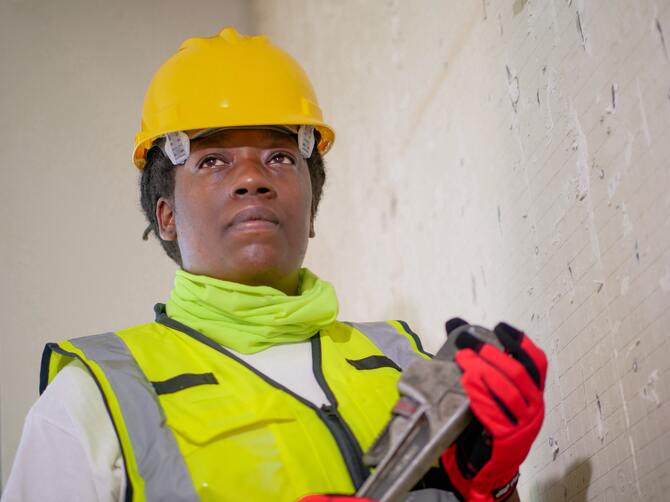The article author is making a few good points relating to When to DIY and When to Call a Professional Plumber in general in this great article beneath.

Intro
Plumbing problems can range from small inconveniences to major frustrations, typically prompting house owners to decide between tackling the issue themselves or calling a professional plumbing. Recognizing when to do it yourself and when to seek professional assistance can save time, money, and stop potential disasters. This post discovers the factors to consider when making this essential choice.
Benefits of DIY Pipes
Handling plumbing tasks on your own can be rewarding in a number of ways, especially for easier tasks.
Complexity of Jobs
Some pipes issues need specific knowledge and devices past normal homeowner capacities. Messing up intricate problems can result in additional damages and pricey repair services.
Safety Issues
Dealing with plumbing systems involves risks such as direct exposure to water damage, potential for electrical hazards, and dealing with tools improperly. Security safety measures have to be observed to stop crashes and make certain efficient repair work.
Indicators to Call a Professional Plumbing Technician
Recognizing when a pipes problem goes beyond DIY capacities is crucial to avoid getting worse issues.
Indicators of Facility Problems
Instances consist of:
Trigger specialist intervention is essential to address these issues successfully and minimize damage.
DIY Pipes Tips
For effective DIY plumbing, it's necessary to be prepared with the right tools and comply with proper procedures.
Fundamental Devices and Materials
Trick tools for DIY pipes:
Step-by-Step Guides
Clear guidelines make certain risk-free and effective DIY repair work:
Selecting the Right Time to Do It Yourself
Determining when to deal with pipes tasks on your own requires examining both the complexity of the problem and individual comfort levels.
Assessment Checklist
Consider:
Cost Cost savings
DIY plumbing jobs often conserve cash by avoiding professional service fees. Tasks like fixing minor leaks, changing faucets, or installing brand-new showerheads are examples where homeowners can manage fixings without employing a plumbing.
Ability Improvement
Engaging in DIY pipes offers an opportunity to discover and enhance useful skills. Standard tasks encourage house owners to recognize their plumbing systems much better and get self-confidence in managing small repair work individually.
Risks of Do It Yourself Pipes
While do it yourself jobs offer benefits, particular risks need to be thoroughly thought about prior to attempting fixings.
When to Certainly Call a Specialist
Particular situations require immediate experienced interest to avoid extensive damages or safety and security threats.
Emergency situation Circumstances
Examples include:
Searching for and Hiring an Expert Plumbing Technician
Selecting a qualified plumbing technician ensures reliable service and comfort in settling plumbing issues.
Requirements for Selection
Factors to think about:
Price Analysis: DIY vs. Expert Providers
Comparing the financial implications of DIY efforts versus expert plumbing solutions assists in making informed decisions.
Financial Considerations
Review:
Verdict
Determining whether to DIY or call a professional plumber hinges on comprehending the complexity of plumbing issues and personal capabilities. By weighing the benefits and threats, home owners can make enlightened options that advertise efficient upkeep and protect their homes from plumbing calamities.
When to DIY and when to call a professional plumber
There are Australian laws and regulations that regulate plumbing work in Australia. This means that there are few home plumbing tasks that you can DIY. Besides, a lot can go wrong with DIY plumbing projects. However, there are also plumbing works that you can successfully DIY. Read on to know when to DIY and when to call a professional plumber.
You can learn more about the risks of DIY plumbing projects, projects requiring special caution, and illegal DIY plumbing works to avoid. This post concludes with the services of commercial plumbers and why getting expert help is essential.
Reasons to Attempt DIY Plumbing Projects
While it is often not advisable to perform DIY plumbing repairs, several pros of DIY plumbing projects can make them attractive.
Save costs
A significant reason for doing DIY plumbing jobs is to save costs. It is possible to save on labour charges and overall fees if you buy the needed tools and parts from local hardware stores and do the repairs yourself.
Gaining experience
You can gain some hands-on experience in basic plumbing repair if you watch online videos and attempt the repairs yourself.
Confidence boosting
You can boost your confidence and self-reliance skills by performing DIY plumbing repairs and installations yourself.
Risks of DIY Plumbing Projects
If something goes wrong with your DIY plumbing project, you may have unfavourable results that you may consider the cons of DIY plumbing.
For one, your home may get so extensively water-damaged that your home and contents insurance will not cover you. You will also have to spend more money to repair the water or sewage problem than you would otherwise spend for professional plumbing jobs. Besides, you may often spend more time on DIY plumbing work than an experienced plumber would spend. This is because you may not have the needed skill set. There are also related safety hazards and potential threats of DIY plumbing jobs that you may need to consider. Plumbing Issues You Can Fix Yourself
You can attempt DIY plumbing for plumbing issues such as replacing tap washers, installing shower heads or performing minor tap leak repairs. However, it would help if you invited licensed plumbers to fix complex leaking showers, effectively deal with blocked drains, or repair hot water systems. This is the best way to ensure these plumbing issues are correctly fixed, and the project is insured.
Fixing clogged or blocked drains
You may have clogged drains or need help with slow-draining showers. These are tasks that you can resolve yourself using several options. To fix blocked drains, you may use baking soda, plungers, or wire hangers. Meanwhile, you can take the preventive measure of installing filtration systems such as drain filters to help prevent drain clogs.
New faucet installations
It is possible to install a new faucet yourself. You would have to turn off the hot and cold water valves. Then, you can remove and fix the old faucet and replace it with the new one.
Leaky faucet repairs
While leaky faucet repairs are more technical than installations, you can also take some steps to fix them. Turning off water valves is the first step in draining water from plumbing systems. Next, you can use a washcloth to cover the drain and remove the decorative handles.
This will allow enough room to unscrew the nuts that attach the faucet handle to the stem. Your final step is to take out and replace the old washers and O-rings with the new duplicates.
Fixing running toilets
An occasional DIY solution for running toilets is to restore the flapper in the tank to its proper place.
Burst pipes
You may have issues with your exterior plumbing fixtures. It may simply be that your inbound or outbound pipes have worn out, or you may have burst pipes due to flooding or large tree roots.
You may also have frozen pipes. These are all instances when you need to call a professional plumber. They will perform pipe inspections to locate the problem and implement solutions such as pipe relining.
Interior plumbing repairs
It's usually time to call a competent plumber if you want to do plumbing repair work on floors, ceilings, or the walls of your building. They can also help you fix faulty showers and sinks.
Plumbing renovation
Major renovation projects or plumbing jobs such as bathroom remodelling and bathroom renovations require the services of a professional plumber. Likewise, you need a professional plumber to fix your kitchen sink or plumbing. They can help you get the required plumbing permits. At the same time, they know what building codes apply to such renovation projects.

I found that blog post about DIY vs. Professional Plumbing Repairs: When to Call a Pro while doing a lookup on the search engines. I beg you take a moment to distribute this entry if you liked it. We take joy in your readership.
Click Here